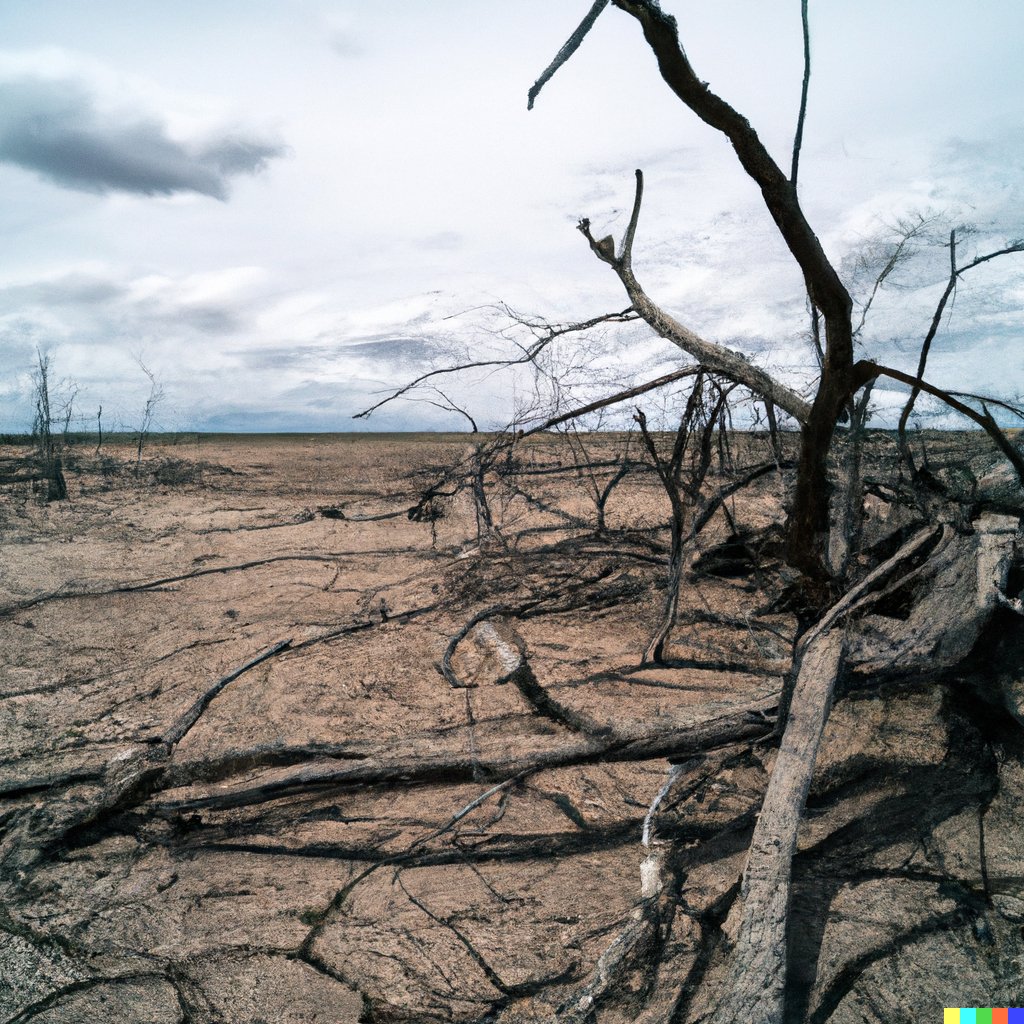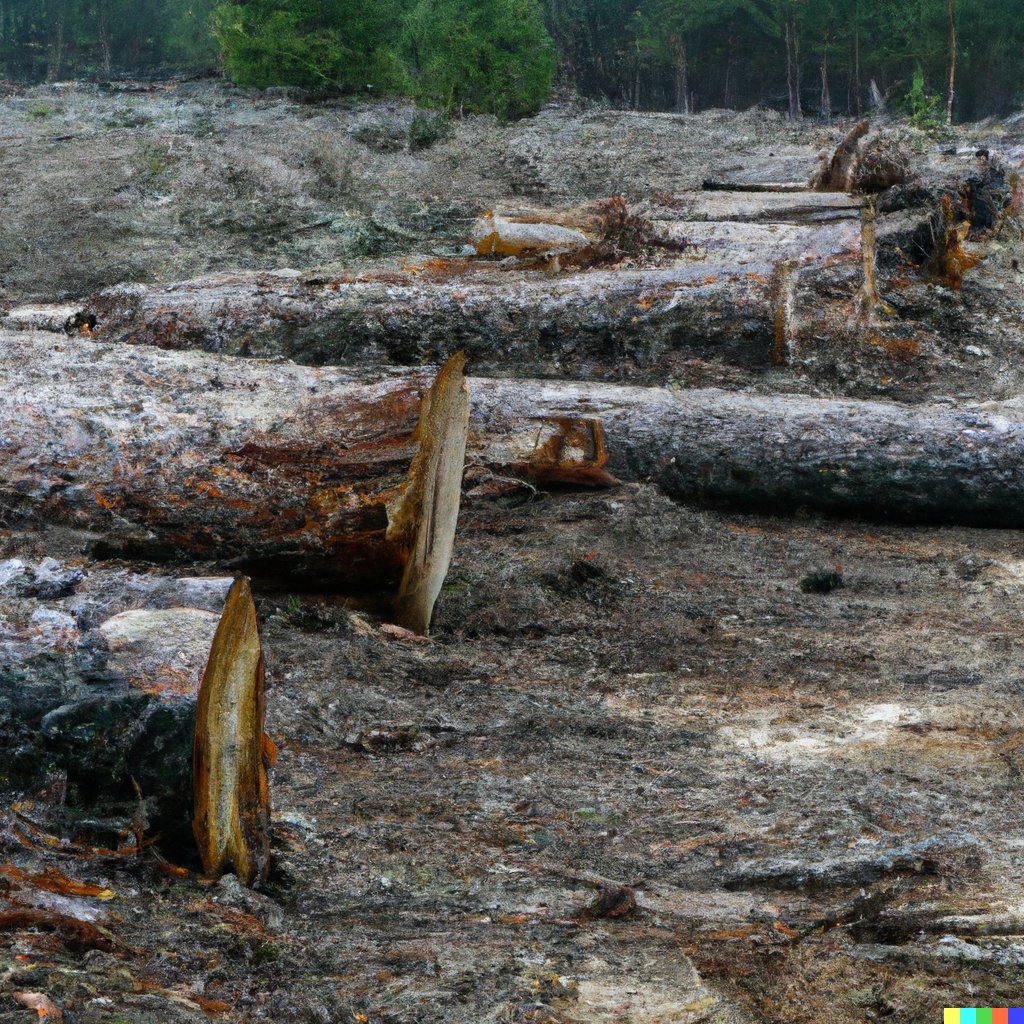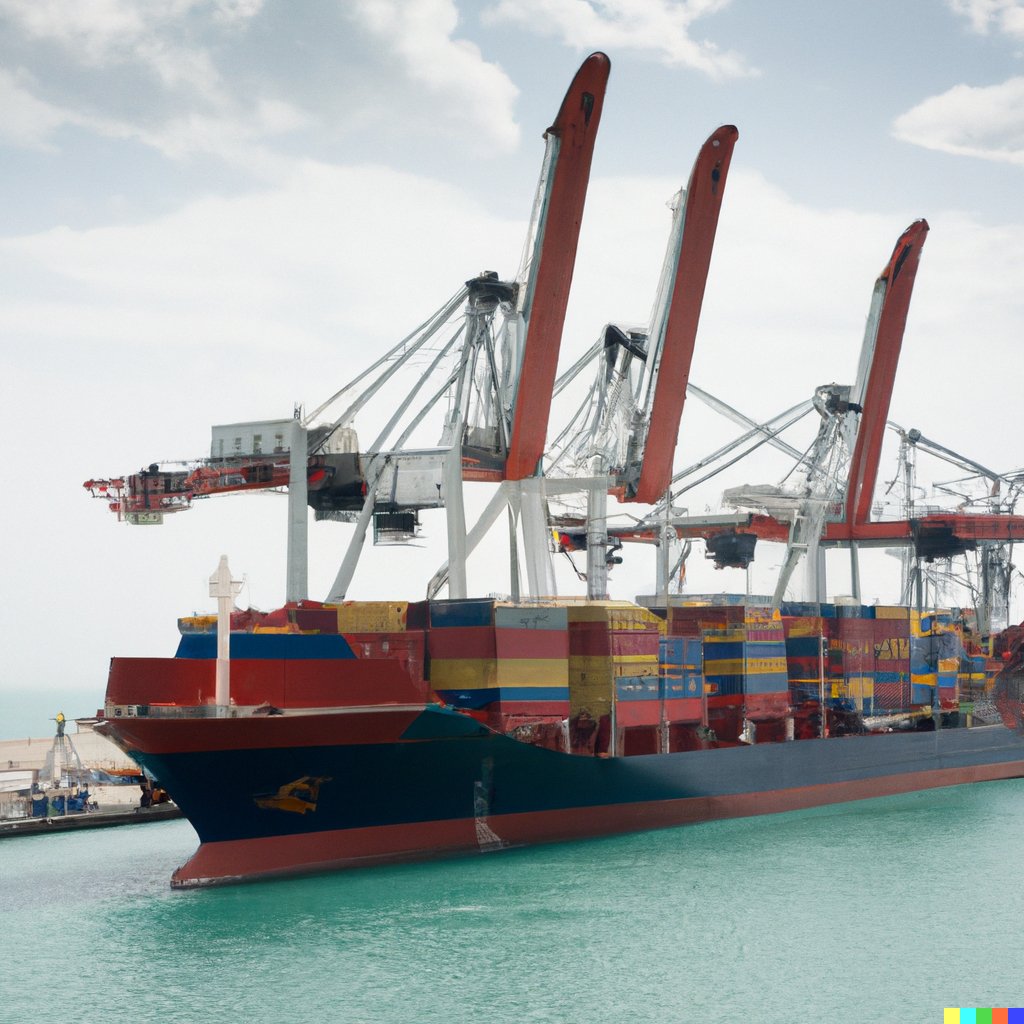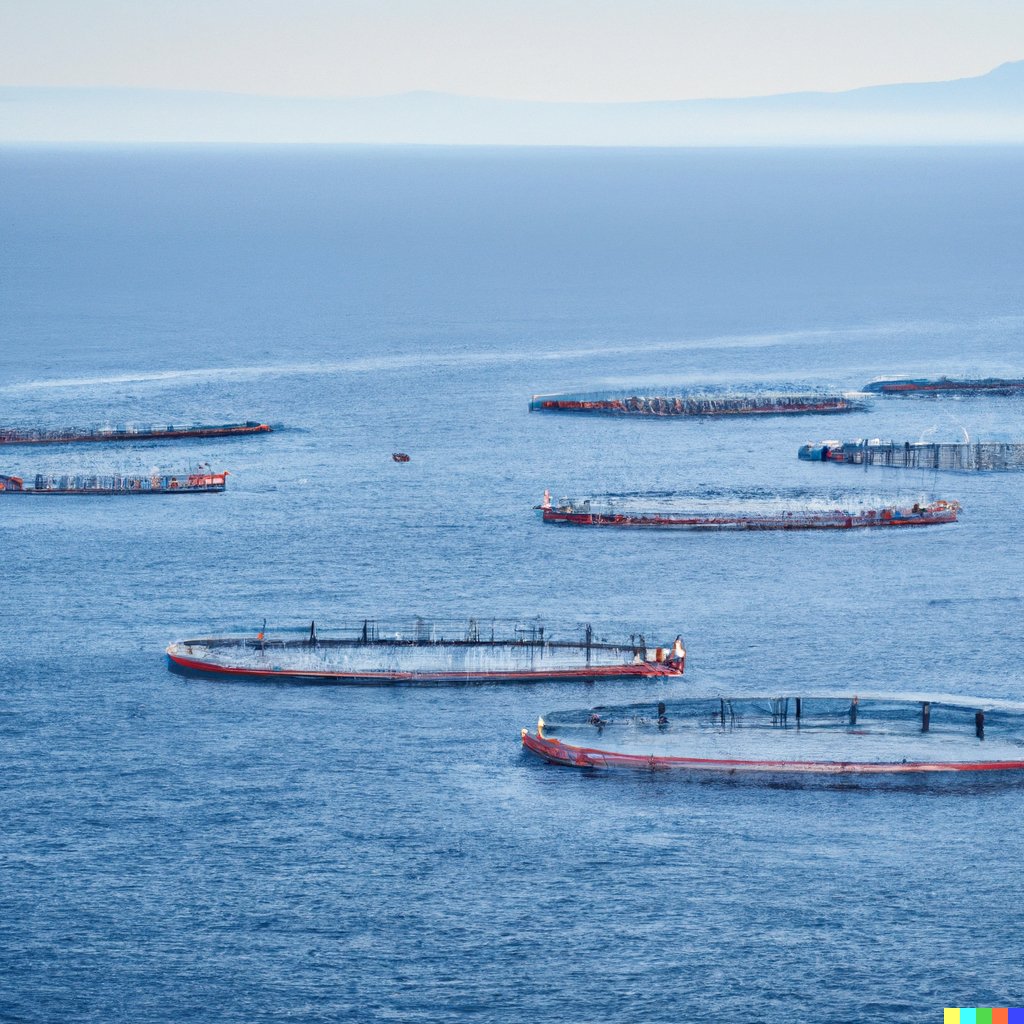
The Aral Sea, once one of the world's largest inland bodies of water, has experienced a catastrophic ecological decline over the past few decades. Human activities, particularly extensive irrigation projects and mismanagement of water resources, have led to the sea's drastic shrinkage and ecological devastation. Restoring the Aral Sea to its former glory is a challenging endeavor that requires a coordinated and sustained effort at local, national, and international levels. Here are some steps that can be taken to reverse the Aral Sea disaster:
1. Water Management Reforms:
Implementing effective water management practices is critical to ensure sustainable water use and equitable distribution among the Aral Sea basin countries.
2. Reduction of Water Diversion:
Reducing the diversion of water from the rivers that feed the Aral Sea is essential to replenish its water levels and restore its ecological balance.
3. Efficient Irrigation Techniques:
Promoting water-efficient irrigation techniques can minimize water wastage and improve agricultural practices in the region.
4. Restoring Wetlands and Ecosystems:
Efforts should be made to restore wetlands and the natural ecosystems surrounding the Aral Sea to support biodiversity and ecological health.
5. Conservation and Reforestation:
Conservation efforts, such as reforestation projects, can help stabilize soil, reduce erosion, and improve water retention in the region.
6. Desalination and Water Recycling:
Investing in desalination technology and water recycling can provide alternative sources of freshwater and reduce the dependence on diverted river water.
7. International Collaboration:
Addressing the Aral Sea disaster requires cooperation among all countries sharing the basin to devise comprehensive and sustainable solutions.
8. Community Engagement and Awareness:
Involving local communities in conservation efforts and raising awareness about the importance of restoring the Aral Sea can garner support and active participation.
9. Monitoring and Research:
Continuously monitoring water levels, ecosystem health, and the effectiveness of restoration measures is vital for adapting strategies and improving outcomes.
10. Long-Term Commitment:
Reversing the Aral Sea disaster is a long-term commitment that demands political will, financial investment, and collective determination from all stakeholders involved.
Frequently Asked Questions (FAQs) - Reversing the Aral Sea Disaster
Q1: What caused the decline of the Aral Sea?
A1: The decline of the Aral Sea was primarily caused by extensive irrigation projects and mismanagement of water resources, leading to the diversion of water from its feeder rivers.
Q2: How can water management reforms help restore the Aral Sea?
A2: Implementing effective water management practices can ensure sustainable water use and equitable distribution among the Aral Sea basin countries, helping replenish its water levels.
Q3: What is the significance of reducing water diversion?
A3: Reducing water diversion from the rivers that feed the Aral Sea is crucial to replenish its water levels and restore its ecological balance.
Q4: How can efficient irrigation techniques contribute to the restoration efforts?
A4: Promoting water-efficient irrigation techniques can minimize water wastage and improve agricultural practices, conserving water for the Aral Sea.
Q5: Why is the restoration of wetlands and ecosystems important for the Aral Sea?
A5: Restoring wetlands and ecosystems surrounding the Aral Sea supports biodiversity and ecological health, enhancing the region's natural resilience.
Q6: How can desalination and water recycling help in the restoration process?
A6: Desalination technology and water recycling can provide alternative freshwater sources, reducing the dependence on diverted river water and supporting the Aral Sea's revival.
Q7: Why is international collaboration essential for reversing the Aral Sea disaster?
A7: Addressing the Aral Sea disaster requires cooperation among all countries sharing the basin to devise comprehensive and sustainable solutions.
Q8: What role do local communities play in restoration efforts?
A8: Involving local communities in conservation efforts and raising awareness about the importance of the Aral Sea's restoration can garner support and active participation.
Q9: How can monitoring and research aid in the restoration process?
A9: Continuous monitoring of water levels, ecosystem health, and restoration measures is vital for adapting strategies and improving outcomes.
Q10: Is the restoration of the Aral Sea a long-term commitment?
A10: Yes, reversing the Aral Sea disaster demands long-term commitment, political will, and financial investment from all stakeholders involved.
Conclusion
The restoration of the Aral Sea is an intricate and challenging task, but it is not an impossible one. By implementing comprehensive water management reforms, promoting sustainable practices, and fostering international cooperation, we can begin the process of reviving this ecological treasure. Restoring the Aral Sea will not only bring back an invaluable water resource but also revitalize ecosystems, support biodiversity, and improve the livelihoods of millions of people in the region. Together, we can strive to reverse the environmental degradation of the Aral Sea and leave a legacy of environmental stewardship for future generations.














